Why I don't always favor "community" development corporations
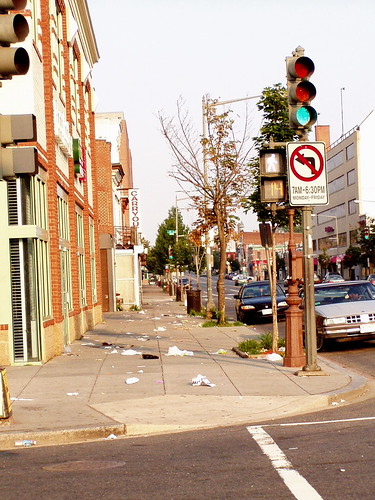 721-727 H Street NE, Washington, DC. Owner: H Street Community Development Corporation. Photo by Elise Bernard.
721-727 H Street NE, Washington, DC. Owner: H Street Community Development Corporation. Photo by Elise Bernard.This building was constructed in the place of four of the oldest historic buildings on H Street, which were illegally demolished by the H Street CDC. The buildings were in disrepair but could have been repaired and rehabbed, likely for less than the $2.2 million+ spent building its sorry replacement. The four buildings on this site were two and three stories tall and were replaced by a one story building with a fake second floor.
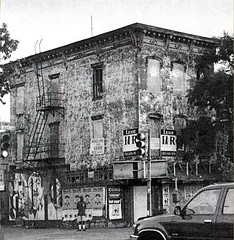 Beuchert Tavern, constructed between 1872-1875, located at 727 H Street NE, Washington, DC. Demolished in 1999.
Beuchert Tavern, constructed between 1872-1875, located at 727 H Street NE, Washington, DC. Demolished in 1999.Maybe the building didn't "show well", but that was out of neglect and disinvestment, and wasn't the fault of the building. (The process of demolition-by-neglect is usually used by unscrupulous property owners to justify demolition. But the process of disinvestment is the problem, not the state of the building--I call the demolition as "cure" process "Blaming the Building.")
The new building was constructed in part with money from the DC Department of Housing and Community Development, HUD, the Federal Home Loan Bank of Atlanta, and the Local Initiatives Support Corporation. They are proud of it (see page 9).
I, and others, fought unsuccessfully to get a better building. See this memo (alas, without the photo supplement).
______________
It is projects like these that make me have serious reservations about the success of local government "economic development" projects, and why even though I can support the use of eminent domain powers, I have to be convinced about the merits of each case. The return on investment often seems to be negative.
 Matchbook cover acquired by Peter Sefton.
Matchbook cover acquired by Peter Sefton.The Kavakos Club had been located in 727 H Street NE years ago, and even made it into the text of a George Pelecanos novel. Rather than taking an asset-based community development approach, the H Street CDC is still committed to the now more than discredited urban clearance and "renewal" approach.
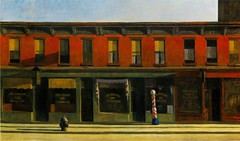 Edward Hopper. "Early Sunday Morning."
Edward Hopper. "Early Sunday Morning."These Italianate buildings were similar to those previously extant at 721-727 H Street, NE, Washington, DC.
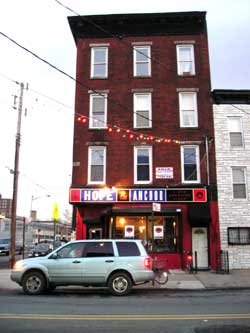 The Hope and Anchor Diner, Brooklyn, New York, is an example of an Italianate commercial building of rowhouse construction likely built in the 1870s.
The Hope and Anchor Diner, Brooklyn, New York, is an example of an Italianate commercial building of rowhouse construction likely built in the 1870s.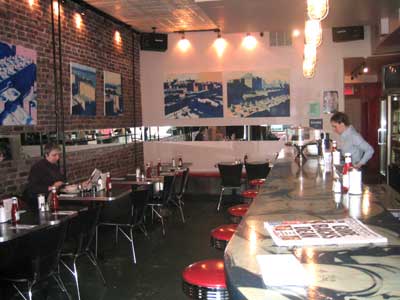 Interior, Hope and Anchor Diner, Brooklyn, New York.
Interior, Hope and Anchor Diner, Brooklyn, New York.There are all sorts of ways to look at what you have and imagine what it can be--and then to make it happen.
For more information on Club Kavakos, see this page from Peter Sefton's Victorian Secrets website.



0 Comments:
Post a Comment
<< Home